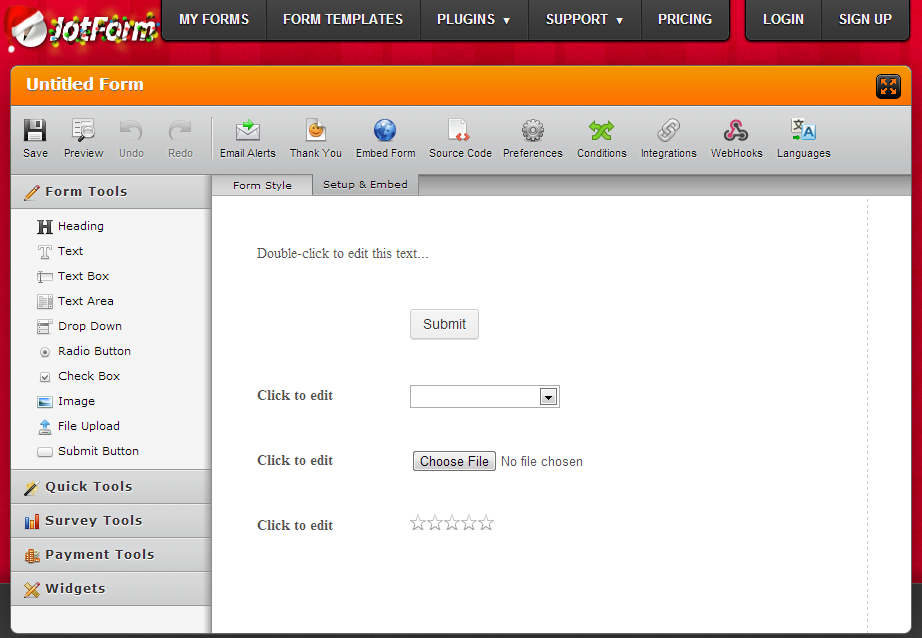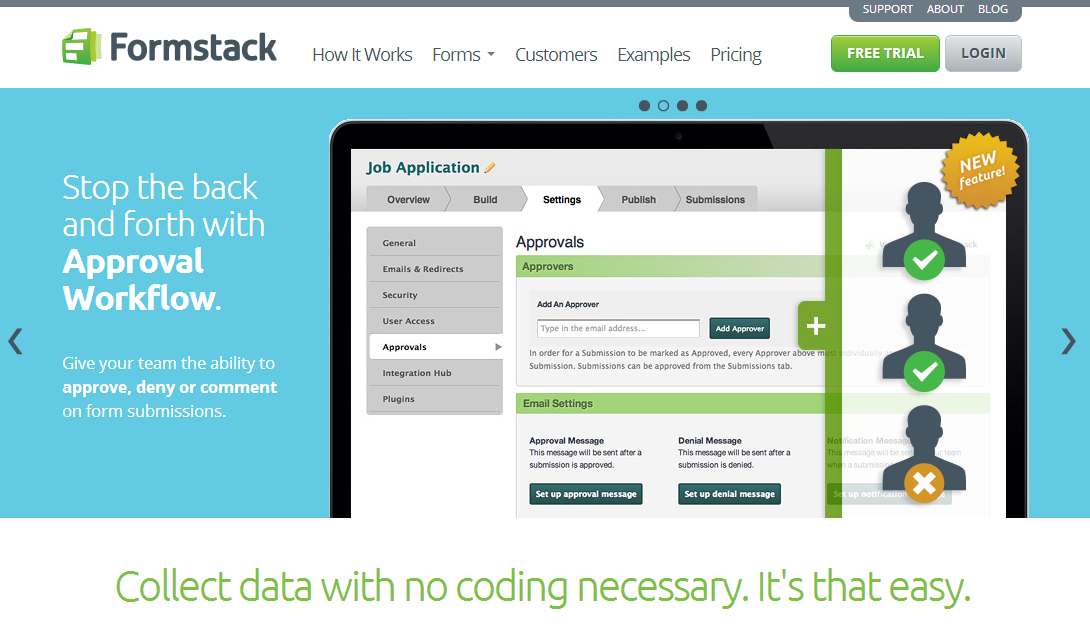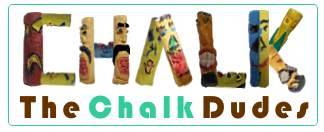
Text has been the pioneer in information dissemination. But the ball has now left the court. In the digital age of high speed broadband internet, Text based websites are soooo 1980s.
A post from yola.com depicted clearly, the need to strike a balance between visual and text content on a website.
A post from yola.com depicted clearly, the need to strike a balance between visual and text content on a website.
It is said that your readers often create impressions about your website in just 50 milliseconds, so do you think huge chunk of text is going to help the reader to form a really nice opinion about your website, instead a nice image would attract attention and if the reader likes it, he/she would move further.
This technique is risky, because if the reader does not like the image, you'll receive a "hmmf" and the reader will move along. As is evident, until now, the article is actually in confirmation to a few concepts of Website/ SEO Psychology.
However, It has a much higher probability of luring the readers into reading/ using your website than a chunk of smart looking text.
But you know, anything in excess is never good. So how do you know, if you've over-rainbowed your website. How do you know when your website stops being an informative/productive/inspiring website and starts becoming an abomination made by an overweight pixie puking colorful paste?
Too many Images? BLUNDER!
In simple words, Adding too many images for a webpage (not a website) can cause some serious repercussions,- Image will load glacially slow (That means so slow, that you’ll grow a beard). Your page speed will suffer and so will you.
- If you do not use a free resource like blogger, you’ll need to host the images somewhere, hosting needs space for storage and that would require money which will be taken from your pocket.
- Also too many images sometime puts off the readers. They get the impression that you did not have enough content and so you’re compensating by adding lots and lots of images.
Too less Images? BLOOPER!
But if you have too less images, it can cause some serious damage too.- Less images would bore your visitors, If numerous images would have you growing flowing beard then after 5 minutes of lengthy article without images, you will have a bored skeleton sitting in front of a computer.
- Lesser images without significant breaks lead to people skipping some juicy parts of your article.
Images on Website Type?
Just like your Bounce rate depends of the type of website you have, similarly in the case of images, it all depends on the type of work you do. If you're a photographer or a design enthusiast, your website will have to show in the same manner. If you're a brooding extra mindful persona, you'll automatically use”no nonsense full of text” methodology. The eye tracking study of web readers by nngroup claim that users will read more text on newspaper websites than they do at any websites.
Psychologically, this is because they actually visit the newspaper websites to gain information, to know about things and also because many people sitting at offices are not able to visit many websites and hence resort to the ones that are not blocked by their IT dept./Government (Digress..) The same analogy can be seen in links too. People often say, the higher the number of links you have better is your page, but it’s not true every time.
The Results
My philosophy is to micromanage and document. At codemakit I tend to delve deep and after research I put forward values and processed data. For Example, The Ideal blog posting schedule for a week or The one about what page rank should you have to reach top 500 of all websites, So here I have attempted to micromanage and tell how many images are optimum for a webpage (for different types of webpages).
Mind you, the table is created after hours of grueling research, using two different methods for the analysis and comparing. The study revolved around the top 500
websites of the world by Alexa as per 11th June 2014. Several websites were selected. Ones
in language other than English were rooted out. Ones that need
authentication (like Facebook, Reddit etc.) before letting the visitors enter were removed. Ones with objectionable
content were not considered.
| Type | Images |
|---|---|
| Forum Type Websites | 7 |
| Photosharing Websites | 10 |
| Brand Specific Websites | 10 |
| Banking Websites | 12 |
| Shopping Websites | 35 |
| Product review Websites | 56 |
| Group Blogs | 83 |
| Newspaper Group Websites | 130 |
| Entertainment Websites | 145 |
So what is bad? Bad is when you mix things up. When a simple blogger uses so many images that the page uses an hour to load on the reader's computer. When loaded the page greets the user now sitting with a face full of white beard. If you’re so hell bent on using images for every little piece of text you have, use it in awesome ebook covers and magazines. But remember “The moment you overdo anything, you're in trouble.”
Note,
Google webmaster guidelines clearly state, you should not embed important text in images, use alt text for images, also the image must be conducive to the text you've published (You do not see an image of a puppy in this webpage, because it is out of context)
But nowhere has anything been mentioned about the optimum number of images a webpage might have (Not even the hyped “How search Works” by Google. So, I posted a question at Google’s Webmaster Forum in search of professional opinion. You can see the topic here, But There was no response from that side. Maybe my question was convoluted. :-(
This was about,








































.png)

.png)